|
Rajat Jaiswal |
I am Rajat, and I solve problems I identify on the way. During my graduation years at the Department of Computer Science & Engineering at IIT Delhi, I discovered my interest in the capital markets and passion for the technology that enables access to cutting edge research and execution tools. With this intersection of finance and computer science skillsets, and an entrepreneurial mindset, I co-founded AlgoTest. Through this endeavor, our vision is to enable and educate retail traders make better personal financial management decisions with simple, powerful, and robust tools, at par with those used by the top hedge funds and proprietary trading firms. We are on a mission to democratize access of these tools to the next 1 million financially literate millionaires of India. I’ve always enjoyed applying mathematics in solving complex and challenging problems. And when not, you'll find me watching F1 or football or beside the pool table. |
|
|
 |
At AlgoTest, we are continuously building tools using which retail traders gain their own understanding of financial situation in order to make the most of their assets in day-to-day life and in planning for their future. Our first offering at AlgoTest.in was a free backtester for options trading strategies in India, built by expert traders with 10+ years of experience in the markets, both in India and on Wall Street. We now offer ability to forward test and live trade your trading rules in an automated systematic manner, without writing a single line of code, all at a click of a button. You can also track your combined positons for free on our powerful live charts offered no where else in India. Analyze combined positions and hedge your payoff using implied volatility and option greeks. |
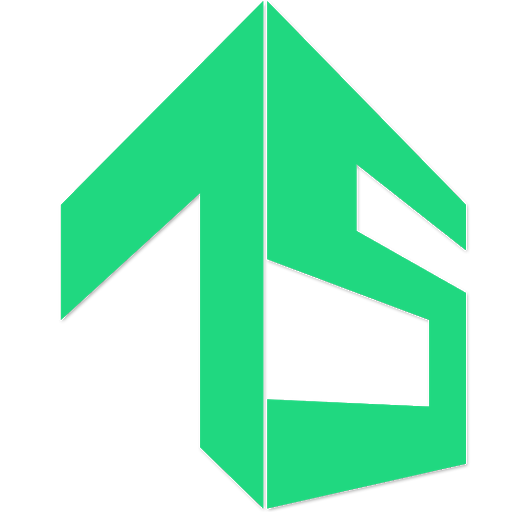 |
I was engaged in technical analysis of derivatives market to design systems based on momentum and volatility of underlying asset. My responsibilities included implementing & backtesting trading strategies, and reviewing trade statistics to optimize strategy performance. It also involved triangulating novel solutions to increase profit, reduce drawdown, for maintaining strong risk-adjusted portfolios. |
|
|
|
|
 |
Data Engineering Intern, Summer 2021 Hosted by Kushal Khandelwal and Samrat Deb |
 |
Research Intern, Summer 2020 Hosted by Kuldeep Kulkarni and Sharmila Nangi |
 |
Visiting Student, Summer 2019 Hosted by Yu-Chuan Li and Shabbir Syed-Abdul |
|
Here are some selected projects that I have worked on |
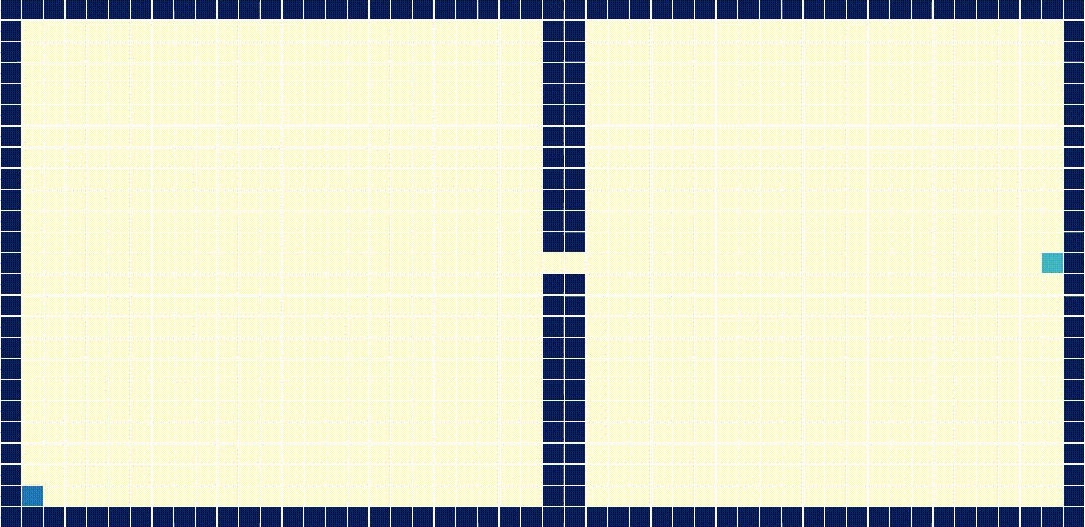 |
code A reinforcement learning model for an autonomous agent in a grid world domain. The problem is modeled as a Markov Decision Process and policy for states is determined using value iteration. Covergence is determined by combined criteria of policy change and max norm of value change. |
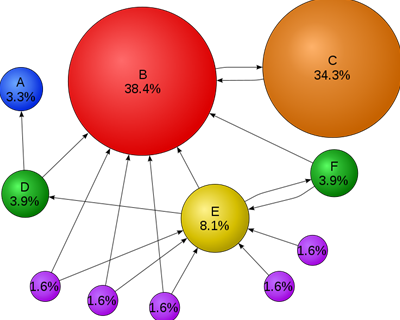
|
code A pipeline to solve Google's PageRank algorithm using the MapReduce paradigm for distributed computing. Multi-threaded MapReduce library is developed utilizing the MPI for split-apply-combine strategy, outperforming the standard MapReduce-C++ & MapReduce-MPI libraries. Picture Credit |

|
code A 32-bit CPU designed for complete ARMv7 instruction set, writtten in Very High Speed Integrated Circuit Hardware Description Language(VHDL), and implemented on Basys3 Field Programmable Gate Array(FPGA) Board Picture Credit |
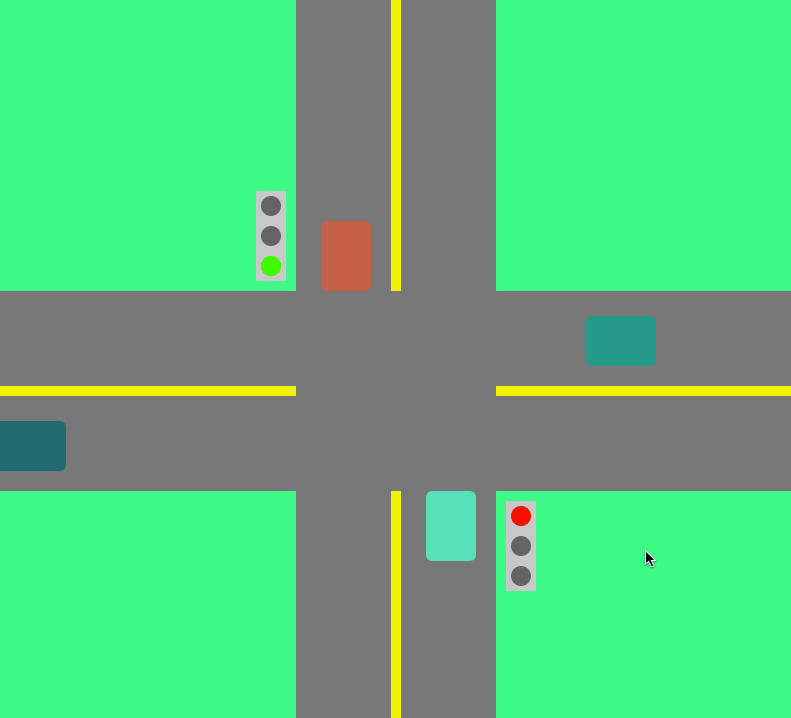 |
code A C++ simulator for Indian road traffic intersection, using OpenGL for GUI rendering. It supports realistic lane change behavior for Indian traffic. The simulator can be visualized on terminal as well as OpenGL. Picture Credit |
 |
code A multi-leveled role-playing based arcade game developed using impact.js. Fun to play for people like me who loved the 8-bit retro world and always look back to the games we played as a child to unwind. |
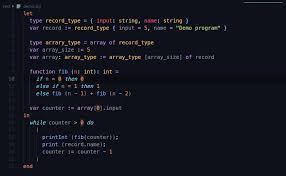 |
code A compiler with call-by-name(Krivine Machine) and call-by-value(SECD Machine) semantics, implemented in OCaml. It takes tokens generated from a Lexer to create an Abstract Syntax Tree using recursive Parser. Picture Credit |
|
|
|
|
|
|
|
|
|
Last updated on 19th June 2022 |
The template for this website is borrowed from this guy |

